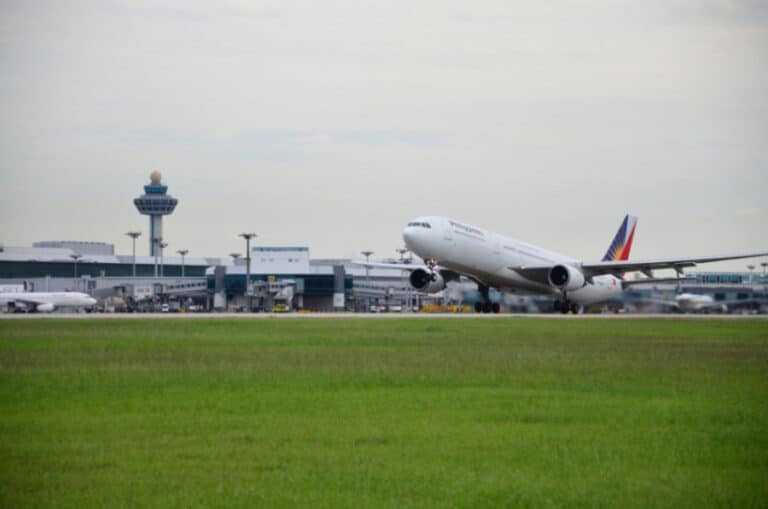Changi Airport has seen cargo volumes increase by 0.5 per cent to 1.8 million tonnes, with certain business areas such as pharmaceuticals booming by 44 per cent.
Changi, like other airports in the region, has had a volatile year, though the end of the year was strong. It received a boost at the beginning of the year, helped by the US West coast seaport strike, with February seeing the most notable rise, up 7.3 per cent year-on-year to 135,965 tonnes.
This was followed by a 4.2 per cent fall in March to 162,660 tonnes, before a small recovery in April. May, June, July and August all saw year-on-year falls. Changi’s volumes recovered in September, with a 4.9 per cent year-on-year increase to 155,058 tonnes. The year ended well with a year-on-year increase of 3.2 per cent to 163,639 tonnes.
Changi Airport Group chief executive officer, Lee Seow Hiang says: “2015 was a year of two halves for Changi Airport. Following 2014, which saw a number of airline incidents in the region and depressed yields for many regional carriers, we had a relatively weak first six months with flat growth for the period.”
“Nevertheless, we pressed on to actively woo new airlines and seek growth opportunities with existing ones, and our efforts have yielded some positive outcomes.”
In 2015, Changi’s cargo network was enhanced by My Indo Airlines, Polar Air Cargo and AirBridgeCargo Airlines. In 2016, DHL Express will complete its 24-hour express facility at the Changi Airfreight Centre and SATS is investing in an e-Commerce Hub with Singapore Post, to be completed by December 2016.




